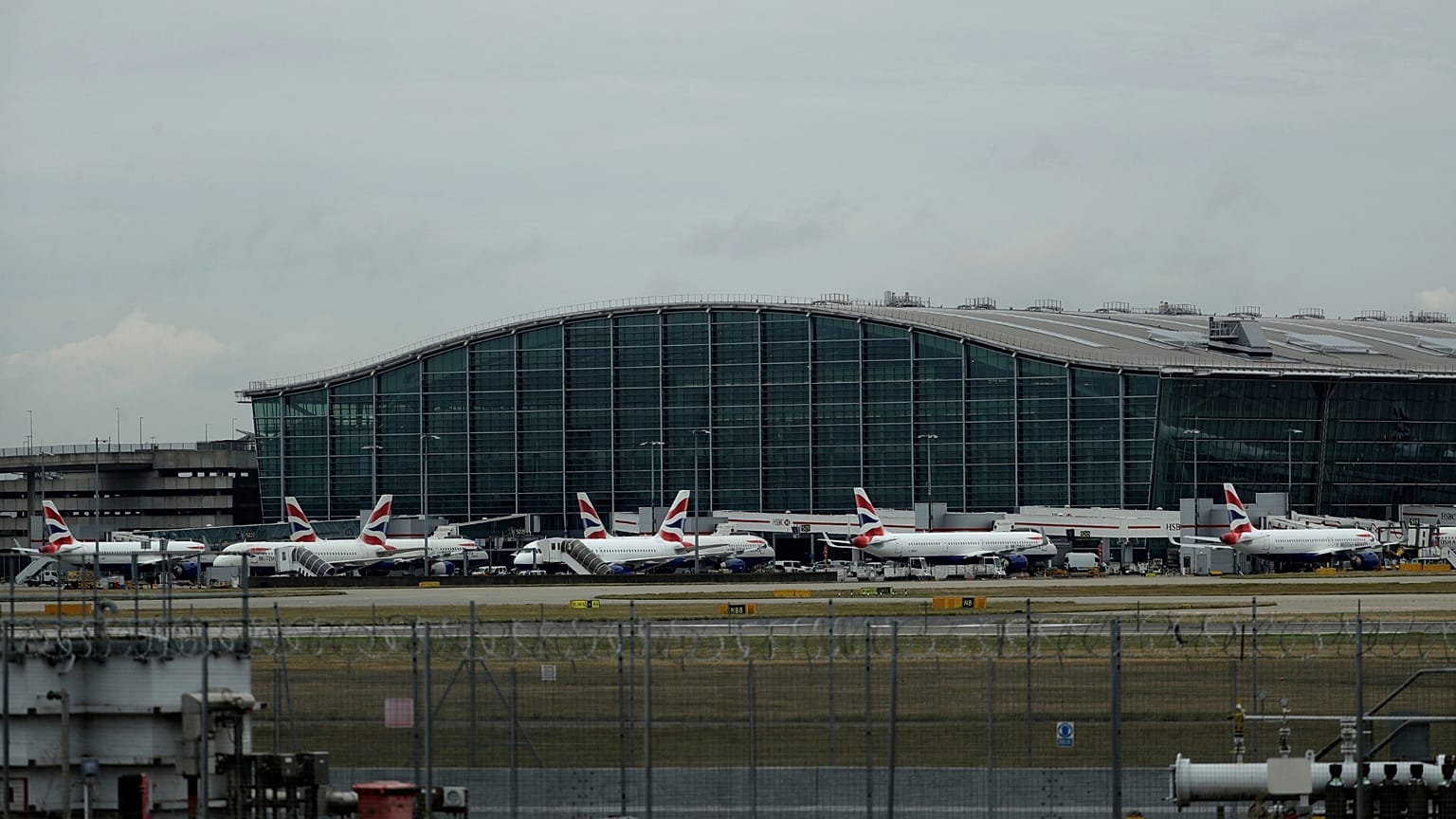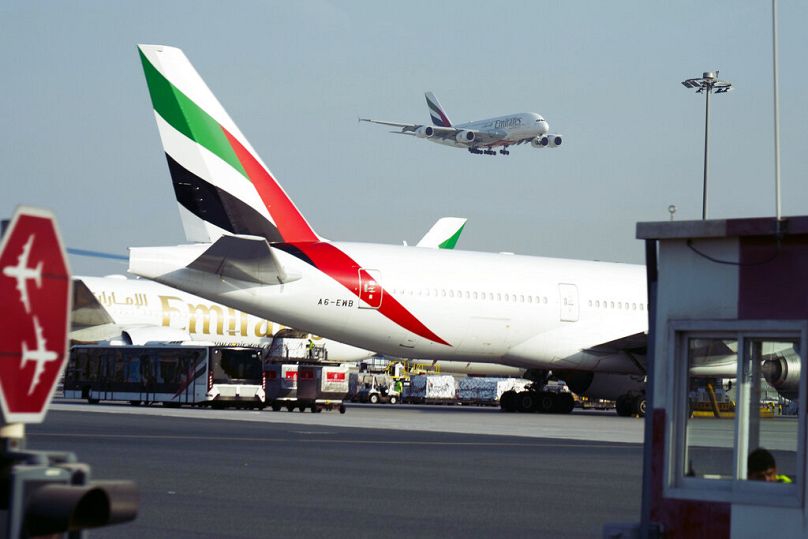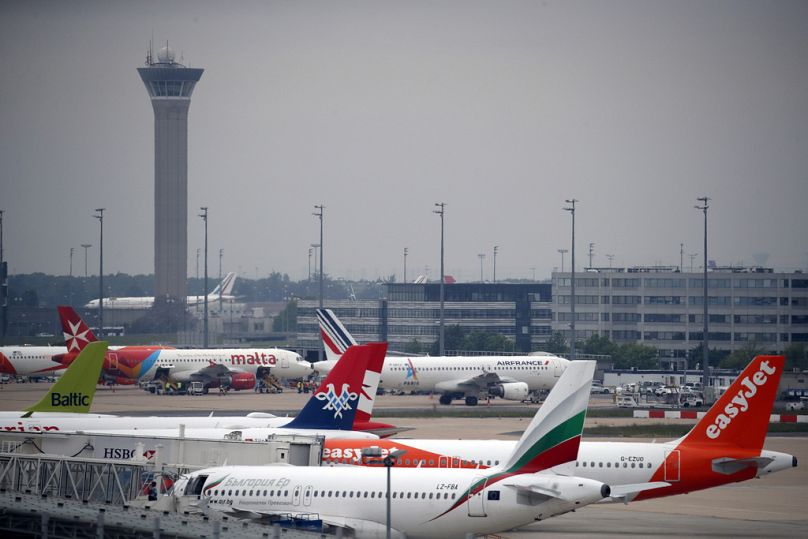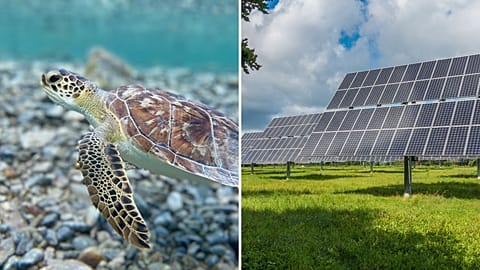New research takes stock of the impact of passenger flights and, for the first time, air freight at 1,300 airports around the world.
New research has revealed the climate and air quality impacts of the world’s worst polluting airports.
The 2024 Airport Tracker, produced by think tank ODI in partnership with Transport & Environment, measures the impact of passenger flights and, for the first time, air freight.
It found that Dubai International was overall the most polluting airport, producing the same emissions as five coal plants in 2019 alone, the last year for which data is available.
In Europe, Frankfurt, Paris Charles de Gaulle and Amsterdam Schiphol all rank among the world’s worst 20 performing airports.
London was the city most affected by air pollution from aviation. Its six airports generated the same amount of air pollution as 3.23 million cars, producing 27 million tonnes of CO2, 8,900 tonnes of nitrogen oxide (NOx) and 83 tonnes of fine particulate pollution (PM2.5).
Globally, air pollution is the 4th largest risk factor for human health, killing 6.7 million people in 2019. In 2018, air pollution had associated economic costs of £166 billion (€193 billion) for the European economy.
“Aircraft noise levels are continuously exceeded, and we completely lack EU standards on ultrafine particles, which are a major health hazard,” says Magdalena Heuwieser, press officer at Stay Grounded.
“Some key measures must be taken immediately to protect the health of workers and communities surrounding airports – like night flight bans or simple jet fuel improvements to have at least the same standards as car fuel."
Some European countries, like France and Spain, are trying to encourage citizens to take trains instead of planes for short journeys.
Pollution around airports is growing year on year
The 2024 Airport Tracker covers the emissions of NOx and PM2.5 from 1,300 airports, updating on research first published in 2021.
In total, the largest 20 airports combined produced 231 million tonnes of CO2 - as much carbon as 58 coal-fired power stations. They also produced the same amount of dangerous Nitrogen Oxides and PM2.5 as 31 million passenger cars.
“Pollution around airports is growing year on year. It affects millions of people, who breathe in toxic emissions and develop health conditions as a result, yet policymakers are brushing the problem under the carpet,” says Jo Dardenne, Aviation Director at T&E.
“Exponential growth of the sector and airports is incompatible with their climate goals, especially considering the slow uptake of clean technologies.”
Research highlights gaps in decarbonising aviation
The research also brings the aviation industry’s plans to decarbonise into sharp focus. Particularly the plan to rely on Sustainable Aviation Fuels (SAFs) to bring emissions down.
Currently, SAFs account for just 0.1 per cent of jet fuel consumed. Production would need to increase from a few hundred million litres today to more than 400 billion by 2050 for effective decarbonisation.
“This research shows the gaps in decarbonising aviation,” says Shandelle Steadman, senior research officer at ODI.
“Airports aren’t reporting these emissions and often slip under the radar, but without tackling localised emissions at the airport level, the sector’s climate and health impact will only worsen; damaging our health, livelihoods and climate.”
If the growth of airports continues at its current rate and the uptake of clean technologies doesn’t accelerate, critics say emissions will boom putting millions of people at risk.




















